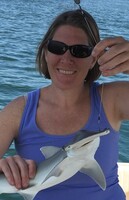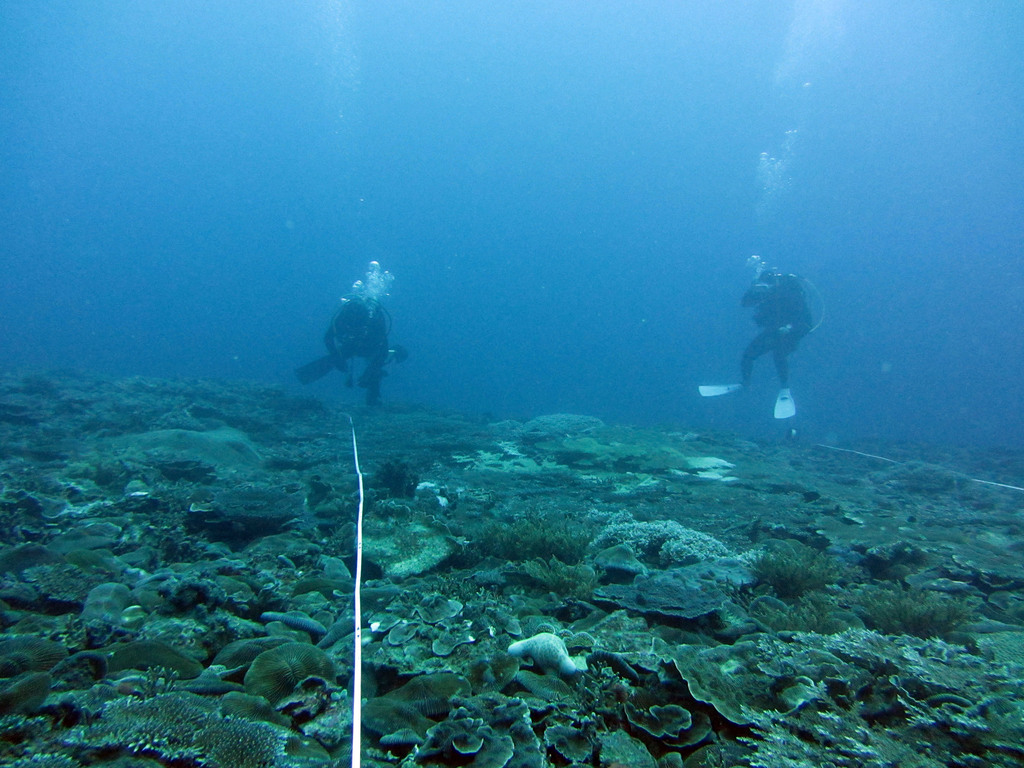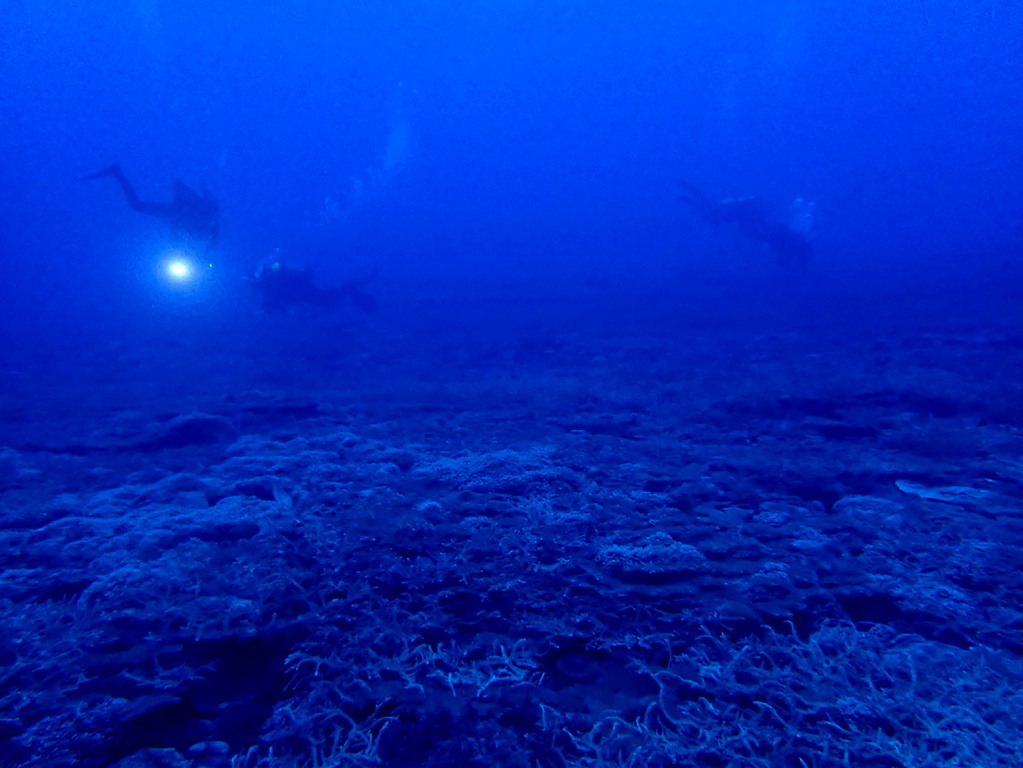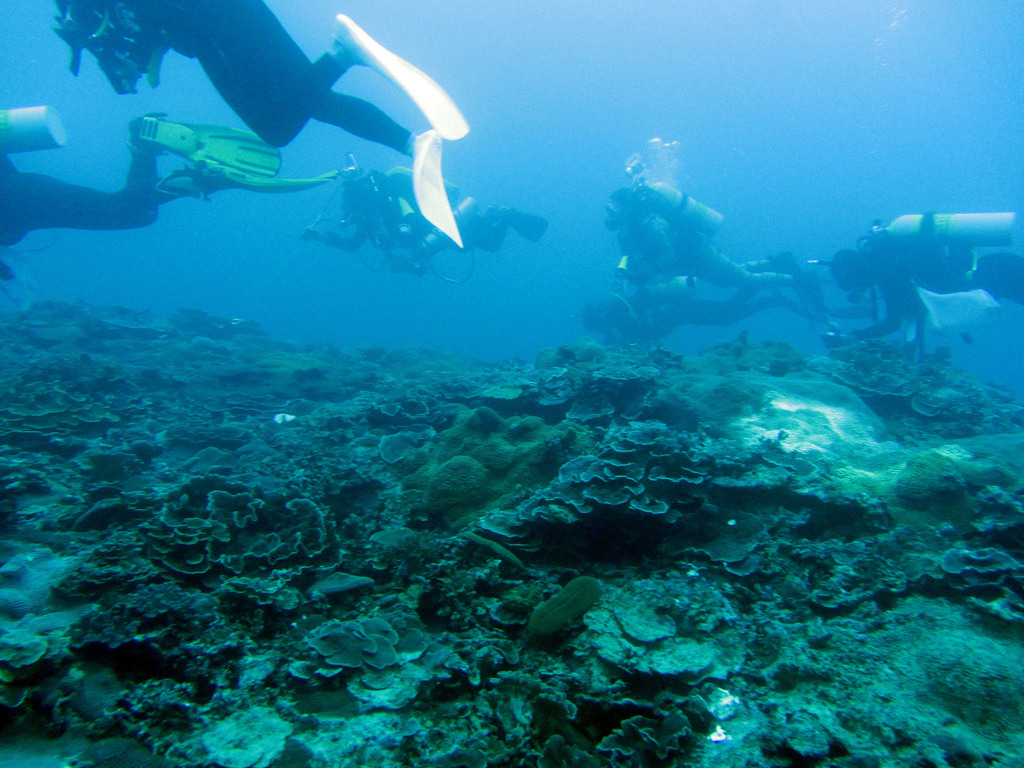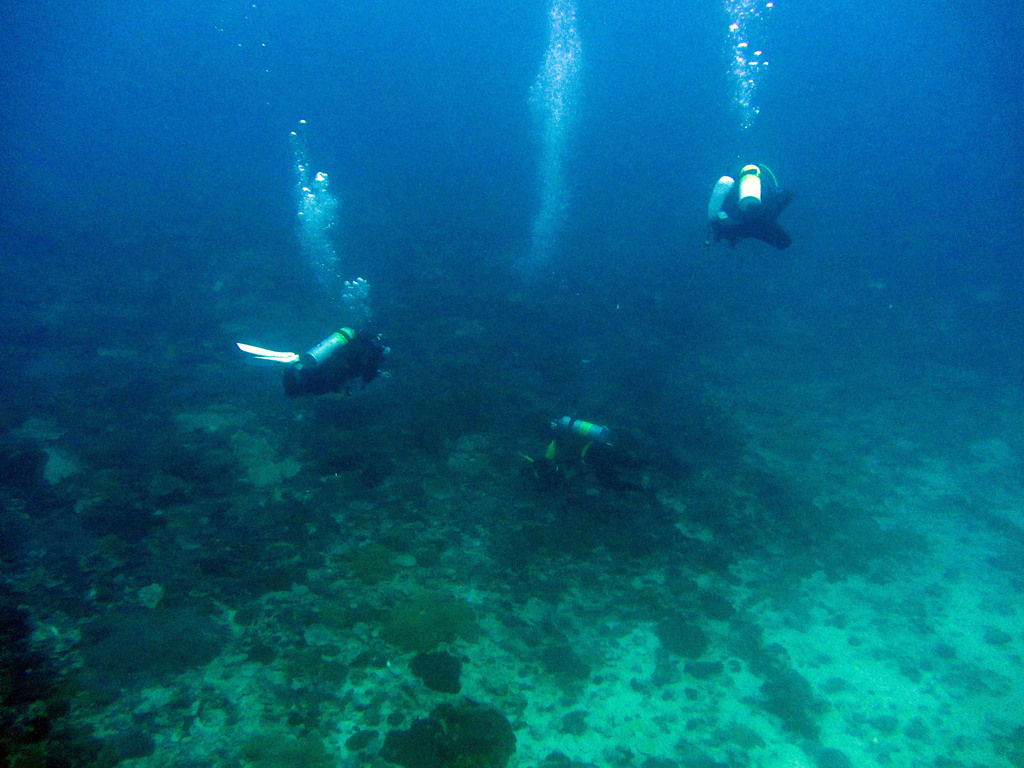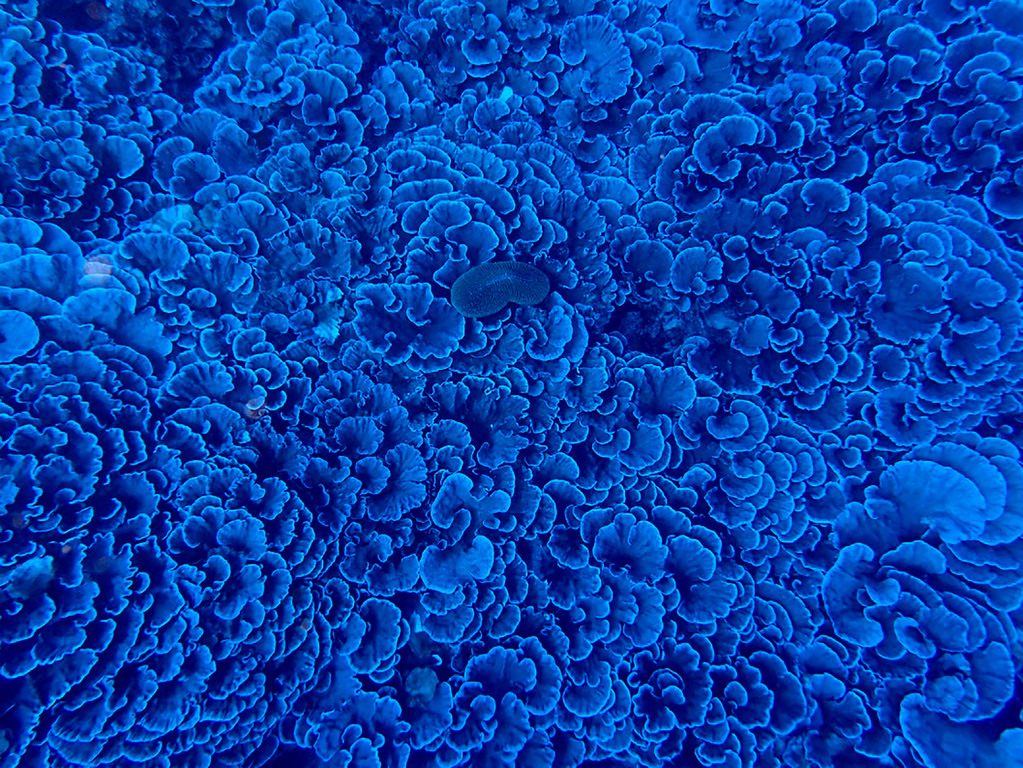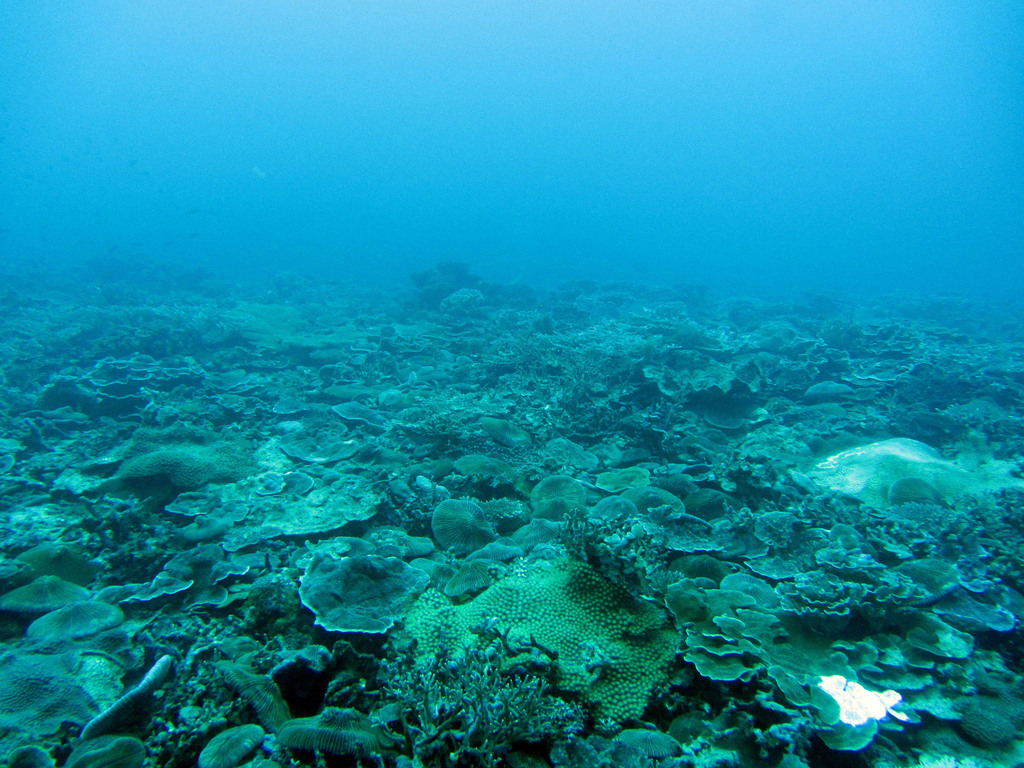Behind the science:
Shifting communities after typhoon damage on an upper mesophotic ...
2018, May 29
Posted by Veronica Radice
Fields
Community structure
Disturbances
Long-term monitoring
Focusgroups
Scleractinia (Hard Corals)
Locations
Japan - Ryukyu Islands (Okinawa)
Platforms
SCUBA (open-circuit or unspecified)
“Shifting communities after typhoon damage on an upper mesophotic reef in Japan”
What was the most challenging aspect of your study (can be anything from field, lab to analysis)?
The most challenging aspect was consistent identification of coral species based on photos and video footage, which is why we ended up classifying corals based on genera and morpho-functional groups for this manuscript. We also wanted to avoid any potential observer bias, and generic identification seemed like the safe way to go. The diving itself was relatively straightforward, as we all used nitrox and the reef was not too deep. Occasionally, finding the reef was hard, as the shallower areas (20 m) are quite similar and from the anchor at 17 m to the site at 30-35 m is a bit of distance!
What was the most memorable moment in undertaking this study?
The view of the deeper region of Ryugu Reef, which is dominated by Pachyseris foliosa (Veron, 1990), is breath-taking the first time anyone sees the reef. We are still amazed by the timing of our first survey in April 2012 (Ohara et al., 2013), before the largest typhoon on record hit Okinawa, Japan in September 2012 and changed the ecosystem, drastically reducing the coral coverage at the site, from which it is now finally recovering. The idea that huge typhoon waves impact reefs at 35 m depth still impresses us!
What was your favorite research site in this study and why?
Of the five stations we surveyed on Ryugu Reef, my favorites are Stations 2 and 3, which is where the corals shift from a shallower high diversity area to the dense Pachyseris foliosa area. The difference in the two stations from the same reef is very interesting.
Other than your co-authors, with whom would you like to share credit for this work?
We would like to thank our funding source, the Rising Star Program at the University of the Ryukyus (UR); captain T Toyama and the staff of Benthos Divers, particularly, S Kawabata and Y Fudesaka for technical support; Fujukan Museum at UR and Museum of Tropical Queensland for specimen identification support; and MISE members I Kawamura, Y Kushida, V Nestor, T Kubomura, and H Kise, who assisted with surveys. Morpho-functional group advice was provided by Dr. Z Richards from the Western Australian Museum, Curtin University and suggestions from T Bridge and B Hoeksema improved the manuscript.
Any important lessons learned (through mistakes, experience or methodological advances)?
Having a standardized coral identification protocol and a fair grasp of statistics within your team is key to accurate data analyses!
Can we expect any follow-up on this work?
We hope to continue long-term monitoring of the recovery of Ryugu Reef, which will clarify the permanence of the shift we have seen in species dominance on the reef. It will also help to understand the stability of mesophotic reef systems.
Featured article:
|
|
Shifting communities after typhoon damage on an upper mesophotic reef in Okinawa, Japan | article White KN, Weinstein DK, Ohara T, Denis V, Montenegro J, Reimer JD (2017) PeerJ 5:e3573 |

|
